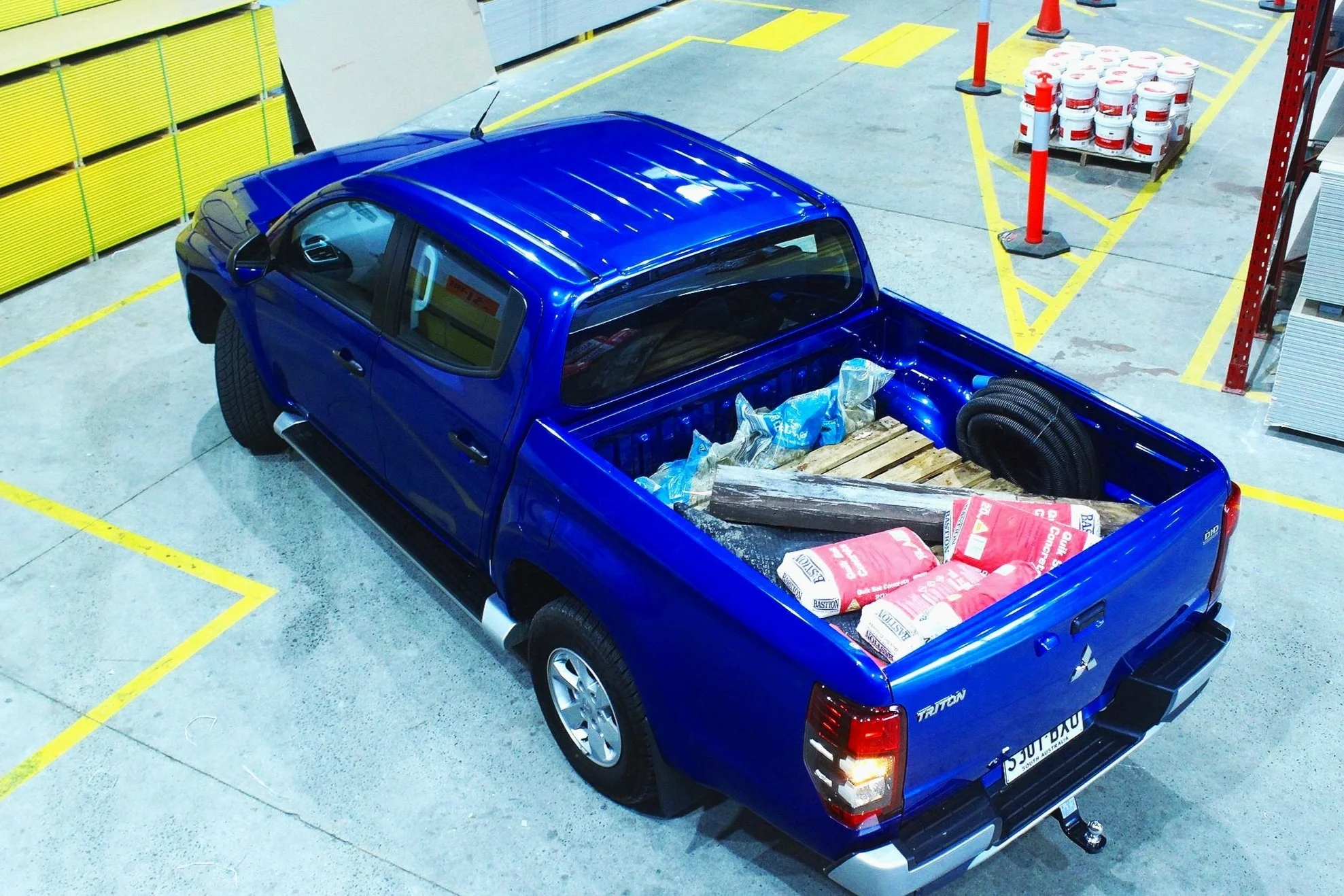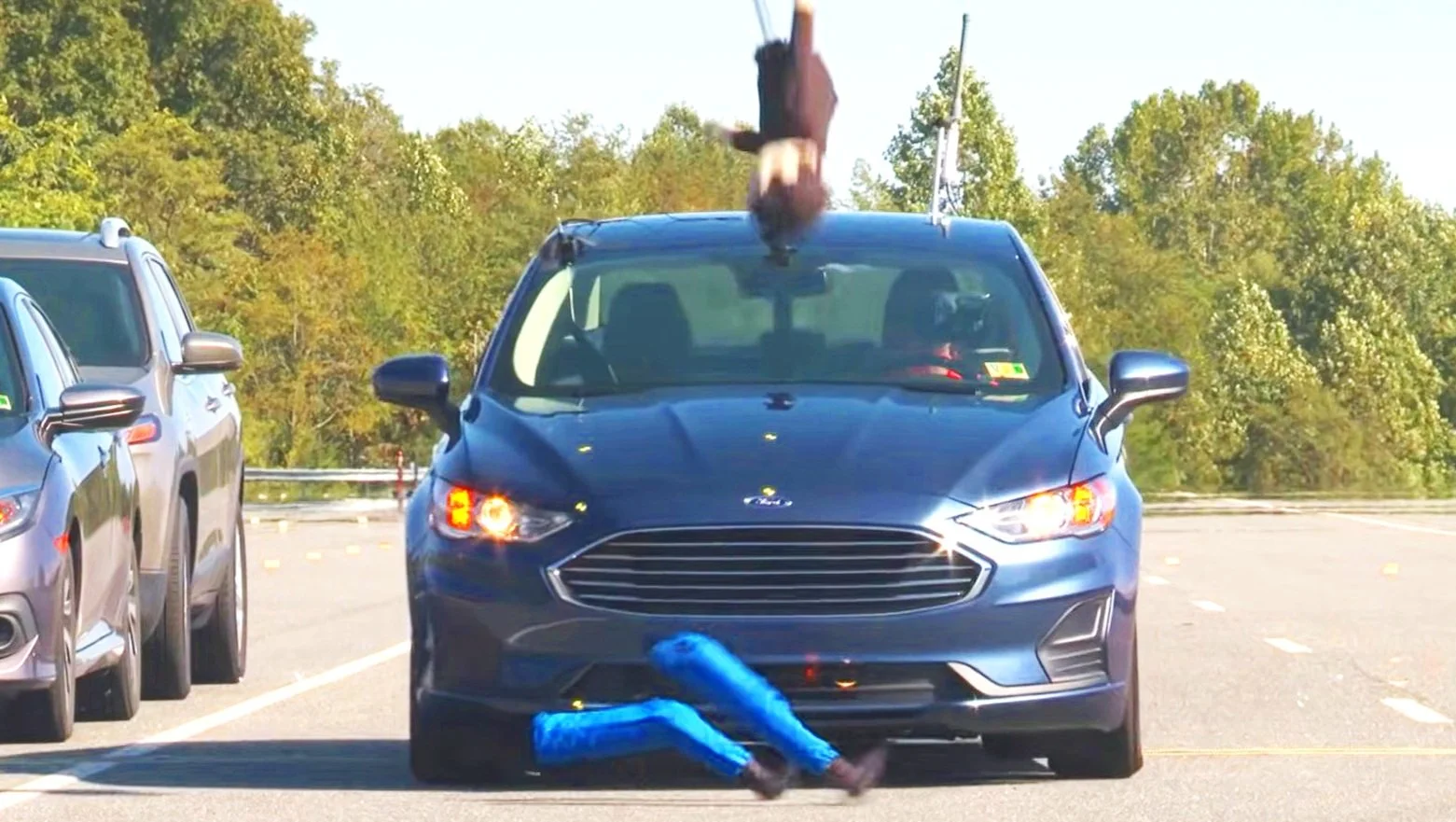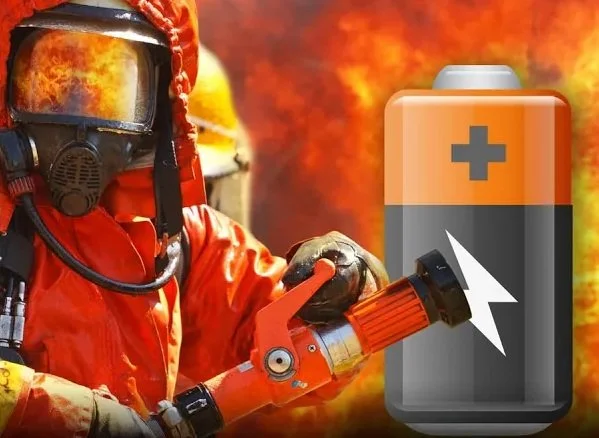The good news about dying on the road
An oxymoronically happy story about dying on the road. Is Australia’s road toll as bad as the government and media would have us believe? Here’s the truth…
Driving is safe. It’s safe. But, like the rest of life, it’s not totally safe. There is risk. But it’s not unacceptably dangerous.
And yet, the reality - the relative safety of driving - is the exact opposite of the impression you might form, if you ever watch the news.
Especially over the upcoming Christmas holidays, where an otherwise slow news cycle can be sexed-up with some good, old-fashioned highway tragedy.
Pro tip: the news is not reality. It’s just not. It’s an inversion of reality. Take it from somebody who’s worked a little in network news. It doesn’t generally get a run if it’s not exceptional. There’s never a story about the millions of people who went on holidays and got home safely and uneventfully
Okay, let’s do that, for Muzz.
When I was six years old, in 1970, road death was out of control in this country. In total, 3798 people died on the roads in 1970. Today, the annual death toll is just over 1100.
A bit less than five million vehicles were on the road in 1970. About 20 million today, in Australia. Population in 1970: 12.5 million. Today, double that. Four times the vehicles and twice the people - but significantly less than one third of the death. If that’s not the happiest story ever, I don’t know what is.
In 1970, nearly eight people died for every 10,000 registered vehicles. Today it’s well below 1 death for every 10,000 vehicles (0.56 in 2018). According to the Feds.
In 1970, 30-ish people died on the road for every 100,000 people in the nation. In 2018, it was about 4.5. Essentially, in real terms, the roads are between seven and 14 times safer, depending on how you decide to measure such a thing.
In 2018, we drove, collectively 227 billion kilometres. That’s 5.7 million laps of the planet. 57 million transcontinental runs from Steep Point to Cape Byron. It’s 22 return trips to Pluto, which isn’t even a planet any more - so, why bother going even once?
And, in all this driving, 1100 people died. Every death is a tragedy, certainly - I’m not suggesting those lives don’t matter. They do. There’s a burden on each of us, every time you put your hands on the wheel to act responsibly and avoid this kind of thing. It’s, like, the primary responsibility of driving.
To me, however, those 1100 deaths are tantamount to a cost of enjoying all that mobility, in an imperfect world. I’m sure many of those deaths were preventable, and I’m sure we can work on it, but it’s not out of control. It’s not even disproportionate.
If you compare those 1100 road deaths to accidental falls, which killed 3300 people in 2019, it kinda puts it in perspective. (Admittedly, the average age of the deceased there was 87.4, so that’s pretty much age-related, it seems.) Poisonous or noxious substances killed 1357 Australians in 2019 - about 200 more than on the road.
The Real Killer
The big one for the grim reaper - at least, if you take diseases out of the picture - is of course what the statisticians call ‘intentional self harm. In total, this claimed 3317 Australians in 2019. Three times higher than the road toll.
(And look, from broadcasting I know what a touchy subject this is. Suicide is absolutely not a solution to a problem. It’s just not. If this is confronting to you - even slightly - call Lifeline in Australia on 13 11 14. That’s what they’re there for.) The median age for the deceased here: 43.9 - so, a lot of life-years lost to self-harm. Just like the road toll, and also skewed significantly towards males in both cases. Odd similarities there.
This data is from the Australian Bureau of Statistics, in the publication: Causes of Death, Australia.
What I always find amazing is that - without controlling for risk factors specifically - the risk of dying from self harm is three times higher than that of dying on the road. That does my head in. Then I look at the resources marshalled at the prevention of road trauma versus the prevention of suicide, and I wonder about society’s priorities there.
(I’m not suggesting we take resources away from preventing road trauma - I’m suggesting we pay attention to other salient causes of preventable, premature death, to the overall betterment of society.) 13 11 14 for Lifeline, if this kind of thing upsets you, which is certainly not my intention.
Today we proud Australians are number 14 on the road safety hit parade, behind (in 13th spot) Slovenia, then Finland, Germany, The Netherlands, Spain, Israel, Japan, Sweden, Denmark, Ireland, The UK, Switzerland, and Norway (on pole position) - but the pack there is pretty tight.
We’re in front of (among others) Austria, France, Canada, Iceland, Belgium, Italy, South Korea, and substantially in front of New Zealand and the US.
Essentially we got this safe by mandating seatbelts in the 1970s, by profoundly changing the cultural acceptance of drink driving as a legitimate activity in the 1980s, by fitting advanced safety technology to cars after that - like, airbags and stability control. (Although, interestingly, anti-lock brakes didn’t really help.)
Of course, the cops and the regulators are keen to put it all down to enforcement and cameras, naturally, and - brace for impact - I’m sure these have had a positive overall beneficial effect - just not nearly as high as they claim. They are spectacularly obsessed and heavy-handed on this, but speed compliance is far better now.
One thing that doesn’t get nearly enough of a run is: safer roads. We live in a big country with a small population. Same size as the US, but roughly one-tenth of the people. So, per capita, it’s harder to dump cash on the roads.
Our roads were properly shit in the ‘70s and since then, various governments have Made Australia Less Shit, by de-shittifying the roads somewhat over the past five decades. Every freeway you drive on today is - essentially - a bunch of head-on crashes that won’t happen any more.
UNSUNG HEROES
Medical technology has improved dramatically, too - a fact that nobody ever acknowledges as a salient factor in survival if you are badly injured at the roadside. It was somewhat medieval out there on the roads in the 1970s.
Here’s an example. Dr Russell Strong. Hero. But nobody has ever heard of him. A Brisbane-based trauma surgeon in the 1970s. Dr Strong got fed up with all the death orbiting liver trauma in car crashes.
For context: We drive on the right side of the car. The human liver is on the right, down the bottom of your ribcage. So, if you’re the driver and you get T-boned, it’s very easy to suffer a broken rib that lacerates your liver.
The liver is highly problematic, surgically. It’s like a big sponge full of blood, with very few internal landmarks. Very hard to do surgery on the liver. So in the dark ages of the 1970s, the prevailing ‘best practice’ medical advice on liver surgery was: Don’t bother. It won’t end well.
Anyway, Dr Russell Strong pioneered a technique - called The Brisbane Technique - which is, to this day, used worldwide in emergency liver repair and transplant surgery. Look it up: The Brisbane Technique >>
Dr Strong is a hero. There’s no better term. And yet, as a nation, we continue to idolise people who can catch and kick a ball.
We’ve come a long way in road safety - but we have not yet done two critical things, in my view.
1. We’re not training drivers any better. Ask any young person what they’re shitting bricks over, in the context of their upcoming driving test. It’s the reverse park, or the hill start, in a manual.
Mum and dad, you can help this process by checking out SteerSafely.com.au (Sydney) or Murcott’s Driving Excellence (Melbourne) and give your kids more than the sub-standard pass-mark for their license. Give them skills and tactics >>
Competence in these two procedures - no matter how extreme - is never going to save anyone’s neck. Just saying. I’m completely cool with driving on roads where very few people can reverse park, as long as they can all stop and swerve competently, and understand the value of paying attention and treating it seriously.
Well done there, regulators. And;
2. We don’t do a very good job getting ‘extreme dickheads’ off the road, for good. The court system is spectacularly poor at this.
In the context of all of the goals previously kicked, these two don’t seem so hard. They really don’t. Not to me, anyway. I do wonder what’s taking so long.






















Getting into a large SUV is easy in the first five seats, but up the back it’s a different story. Let’s find out which 7-seaters give you the biggest bang for your buck when it comes to kids and their chunky child restraints…